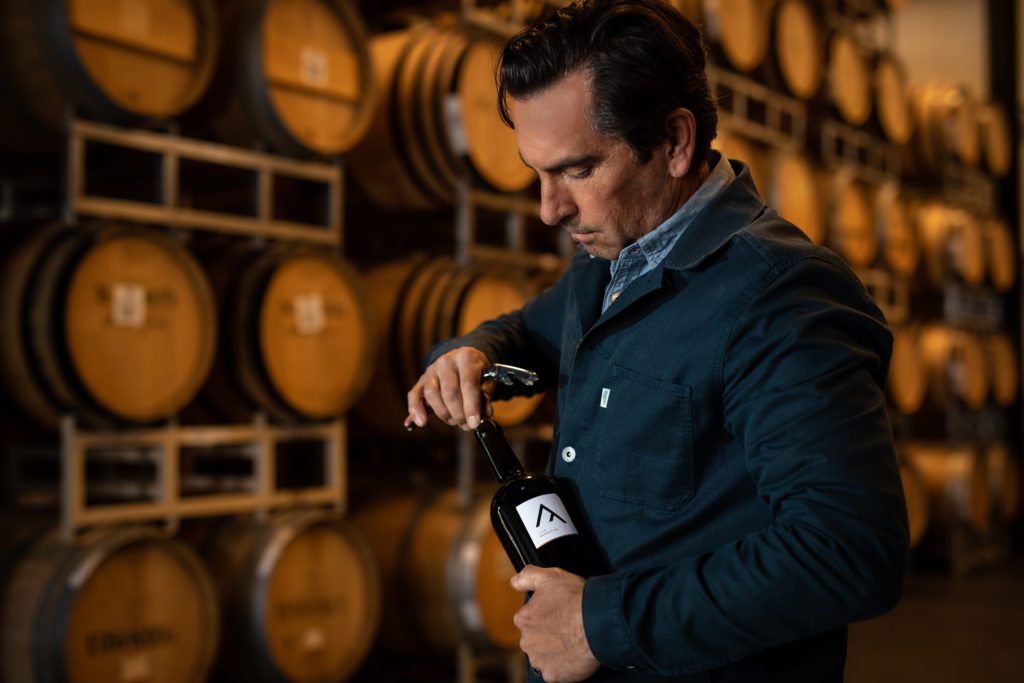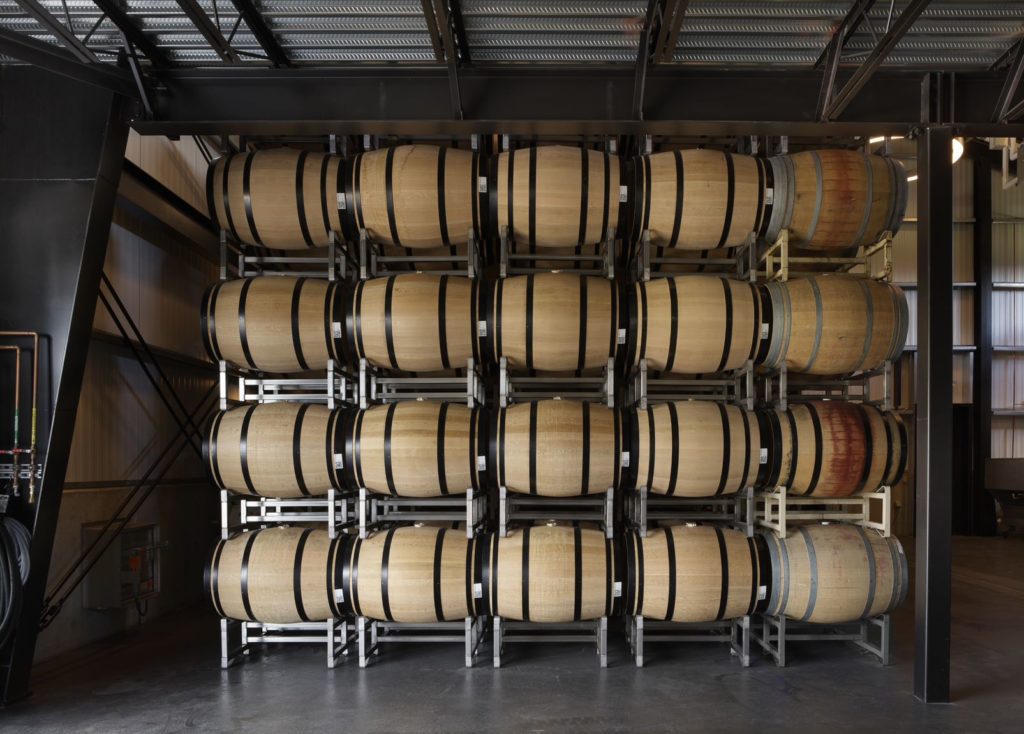Vol 10: The Art of Oak Aging | Our Cooperages
“Everything can affect the outcome of the wine. From a medium or high toasted barrel, all these nuances come into play. You may have more spices coming out, more smokiness, more leather or tobacco. But, ultimately, it’s about the purity of what the cooperage has to offer us,“
~ Yannick Girardo, General Manager

The Journal | Vol. 10
Is there a secret to making great wine? At Seven Apart, we believe that greatness can only be achieved by doing each step in the winemaking process to the best of our abilities. That’s why we’ve appointed world-renowned winemaker Andy Erickson at the helm of our cellar. To achieve our aspirations, we work with the finest vines growing along Atlas Peak – one of Napa Valley’s rising star appellations. And we have forged trusted relationships with our French coopers – the talented craftsmen who hand make each wine barrel we use.
What is a Cooper?
A tonnelier, or cooper, is a true craftsman. Traditional coopers’ skills hark back to Colonial times when they would make wooden casks, barrels, and other staved containers from timber that was usually heated or steamed to be fashioned accordingly. Today, the practice lives on for the preparation of oak barrels used for fermenting and aging high-quality wines or spirits.
Traditionally, it can take up to seven years for an apprentice to learn the craft of coopering, with apprentices often sleeping in the workshop – called a cooperage. Here, they would learn the tricks of the trade from the master craftsmen. Highly skilled coopers were frequently linked, by blood or marriage, with brewers, taverns, and wine merchants.
A cooper’s occupation required them to make barrels on demand and deliver them to clients. Barrels and casks were necessary to store goods such as ale, wine, flour, gunpowder, and tobacco. A cooper’s work has to be perfect, as the containers must be made of quality wood, remain free of defects, and be durable and watertight for a long time. This age-old tradition is still revered and relevant to this day.
To make just one barrel, a cooper needs to begin with a superior wood: oak. Oak is strong and helps improve the quality and flavor of the wine inside. Winemakers have found that oak can make wine softer yet give it more complexity and depth. Wine barrels are made from long strips of wood, called staves, that are attached to a metal hoop and bent using fire and a tightening contraption. One of the key steps is ‘toasting’ the inside of the barrel. This step has a significant impact on the flavor of the wine stored in the barrel and can be predetermined by the winemaker. More singeing will result in a richer, smokey flavor. The entire complex process requires patience and meticulous attention to detail.
Not all Barrels are Equal
Coopers practice an arduous art form and barrels come with a high price point. They range in price from $900 up to $2,000 each depending on if it is made from American Oak or French Oak. While countries like the US, Czech Republic, and even Hungary make barrels, France remains the world’s leading producer.
Every cooperage will have its own ‘house style’. Things like the grain on the wood, the aging of the staves outdoors, and even the particular tree used will impact the final barrel. While all French cooperages will use oak grown in a French forest, the resulting barrel from your selected cooper may give you a very different result from the cooperage right next door.
We have worked hard at Seven Apart to establish a relationship with eight trusted cooperages that we can return to each vintage. We may use different barrels from different cooperages depending on the style of wine our winemaker Andy Erickson wants to achieve.

A Refined Recipe
Seven Apart sources barrels from Atelier Center. Bel Air. Berger & Fils. Darnajou. Ermitage. Orion. Sylvain. Taransaud cooperages.
“For us, selecting the right barrels is an integral part of our winemaking process, and it’s why Andy is so valuable to have on board,” opens Seven Apart General Manager Yannick Girardo.
Andy has crafted an illustrious career since arriving in Napa Valley in 1994. Over the years, he has worked with celebrated properties such as Harlan Estate, Staglin Family Vineyards, and Screaming Eagle. With over 25 years of experience in the industry, Erickson places a lot of time selecting Seven Apart’s barrels. Yannick likens Andy’s process to perfecting a recipe:
“Andy says that he likes the barrels from all of our coopers, but for different reasons. Some will add a toasty, mocha character to the wine. Some will give structure and spice, while others will bring fruit forward and add a framework to the wine. When you blend it all back together, it adds layers and complexity to the wine.”
A Mutual Understanding
Typically, to establish a relationship with your selected cooperage, the cooper will travel to your winery to meet with your winemaker and understand the impact of their oak on your wine.
“The goal is to meet about once a year. The cooper wants to understand the process of what you’re doing to give you the best results,” adds Yannick. “You also have the opportunity to visit the cooperage in France to see how things work. You can become so exclusive that you can select your oak in advance!”
According to Yannick, the relationship between cooperage and winery requires a mutual conversation and understanding about what one is trying to accomplish.
“Everything can affect the outcome of the wine. From a medium or high toasted barrel, all these nuances come into play. You may have more spices coming out, more smokiness, more leather or tobacco. But, ultimately, it’s about the purity of what the cooperage has to offer us,” he ends.
While the barrel may seem like just one part of the puzzle, it is an integral piece of the larger picture we are trying to accomplish for Seven Apart. A picture, that when complete, is a masterpiece.
